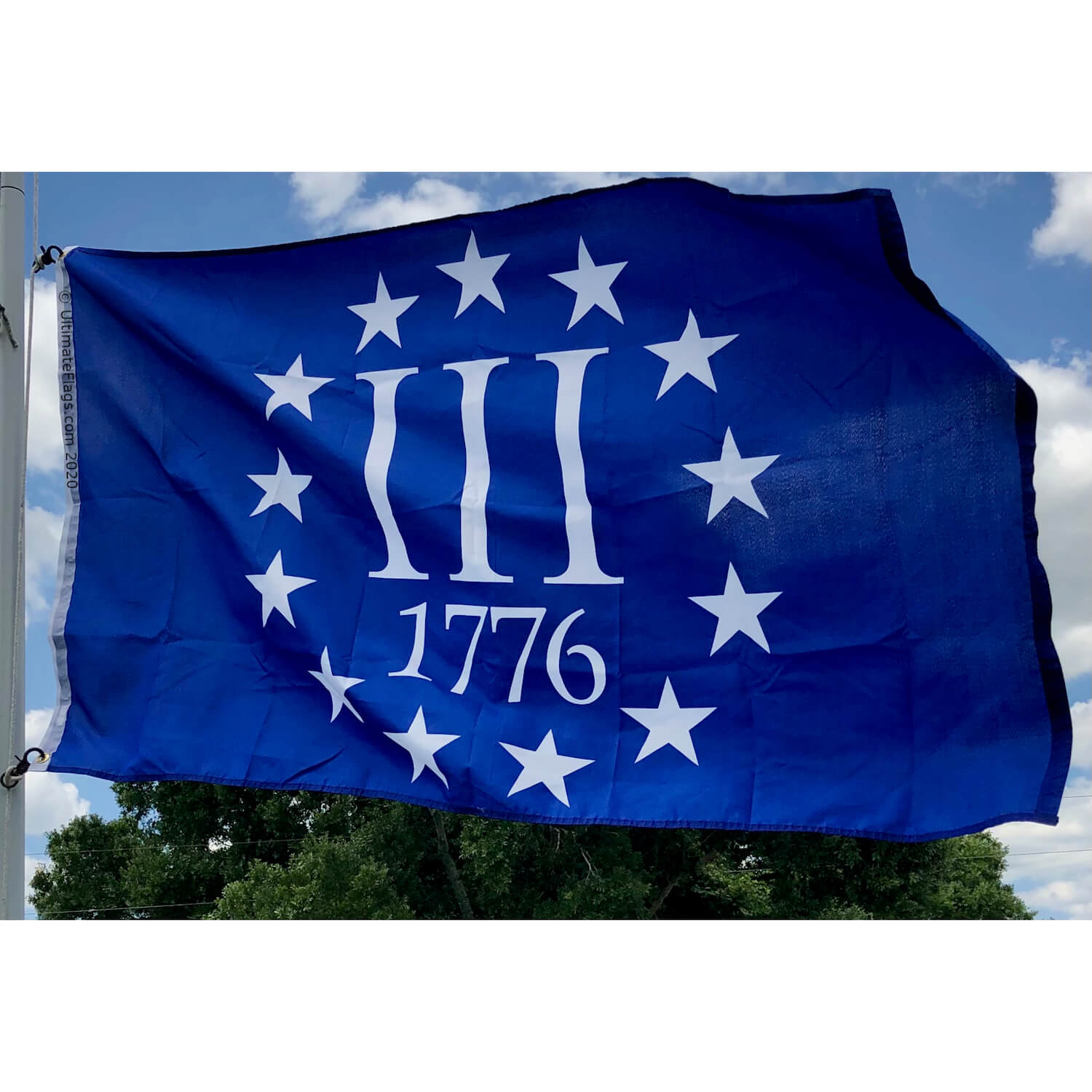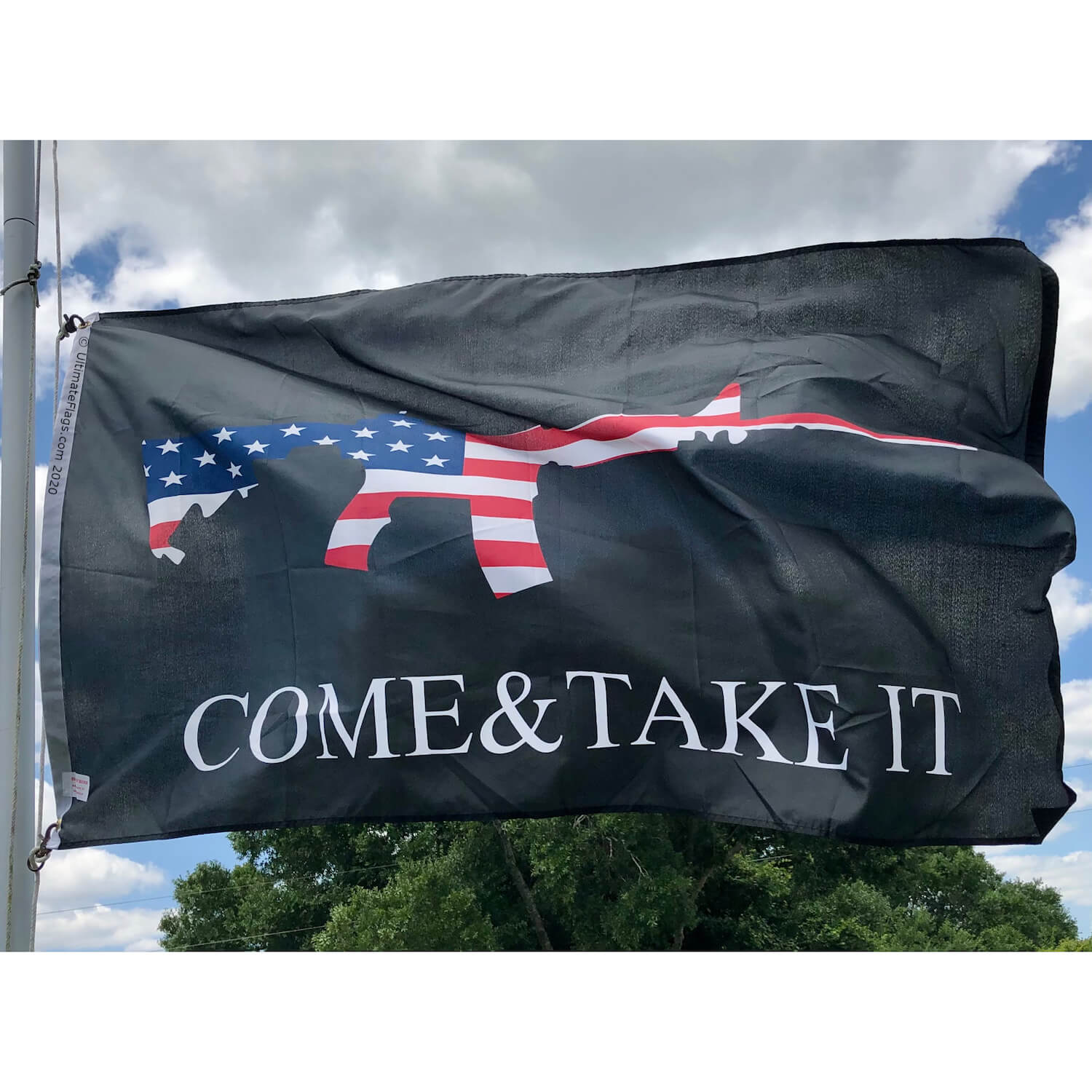Content

The red, white, and blue colors are derived from the flag of the United Kingdom.[100][101][102] The flag colors are not standardized by law, and there are no legally specified shades of red, white, and blue.[103] Despite this, some government agencies have specified the use of certain shades. The flag was created as an item of military equipment to identify U.S. ships and forts. It evolved gradually during early American history, and was not designed by any one person. The flag exploded in popularity in 1861 as a symbol of opposition to the Confederate attack on Fort Sumter. It came to symbolize the Union in the American Civil War; Union victory solidified its status as a national flag. Because of the country’s emergence as a superpower in the 20th century, the flag is now among the most widely recognized symbols in the world.
- On a recent trip to Washington DC, we had the opportunity to visit the US Marine Corps War Memorial statue, commonly referred to as the Iwo Jima Memorial.
- However, the British East India Company’s flag ranged from nine to thirteen red and white stripes and was usually only flown when it was sailing in the Indian Ocean.
- The flag exploded in popularity in 1861 as a symbol of opposition to the Confederate attack on Fort Sumter.
- Both the stripes (barry) and the stars (mullets) have precedents in classical heraldry.
and 50-star unions
Of course, when you want to learn about historic United States flags, it makes sense to start at the beginning. Although historians cannot confirm that the first American Flag was actually sewn by Betsy Ross, it is the place that many consider to be the birth of the Star Spangled Banner. So we visited the home of Betsy Ross and spent time learning about her contribution to the history of America. Since the resolution did not specify the arrangements of the stars, flags exist with a variety of “constellations.” The “Betsy Ross” flag arranges the stars in a circular pattern. Colonel William Moultrie commissioned check out this historic flag seller “The Moultrie Flag” in 1775 to prepare for war with Great Britain.
Modern day
In this resolution, two new stars and two more stripes were added to the design, which symbolized the addition of Vermont and Kentucky into the Union. This flag remained in use even when five more states were added to the Union. In 1818, the third Flag Act shop veteran-friendly flag collections was signed that started the precedent of adding another star to the flag after each state’s entrance into the Union. In addition, this act reduced the number of stripes from fifteen to thirteen.

Flying a U.S. flag upside down
Nevertheless, Mercury, Gemini, and Apollo were launched and landed vertically instead of horizontally as the Space Shuttle did on its landing approach, so the streaming convention was not followed. These flags were oriented with the stripes running horizontally, perpendicular to the direction of flight. When we visited Charleston, South Carolina back in January, we knew that one of the places we had to tour was Fort Sumter, where the Civil War started. On display in the museum inside the Fort is The Fort Sumter Flag. The Fort Sumter Flag’s design is quite distinct with 33 white stars arranged in a unique diamond pattern.

Colors
Some private use is year-round, but becomes widespread on civic holidays like Memorial Day, Veterans Day, Presidents’ Day, Flag Day, and on Independence Day. On Memorial Day, it is common to place small flags by war memorials and next to the graves of U.S. war veterans. Also, on Memorial Day, it is common to fly the flag at half staff until noon to remember those who lost their lives fighting in U.S. wars.

It depicts a white crescent moon with the word “LIBERTY” inscribed within it on a field of navy blue. It was See Where To Buy American Flags flown during the American victory at the Battle of Sullivan’s Island in June 1776. The flag did not appear on U.S. postal stamp issues until the Battle of White Plains Issue was released in 1926, depicting the flag with a circle of 13 stars. The 48-star flag first appeared on the General Casimir Pulaski issue of 1931, though in a small monochrome depiction. The first U.S. postage stamp to feature the flag as the sole subject was issued July 4, 1957, Scott catalog number 1094.[134] Since then, the flag has frequently appeared on U.S. stamps. Several government websites have given Pantone (PMS) equivalents for the flag colors.


 by fostermosely795
by fostermosely795